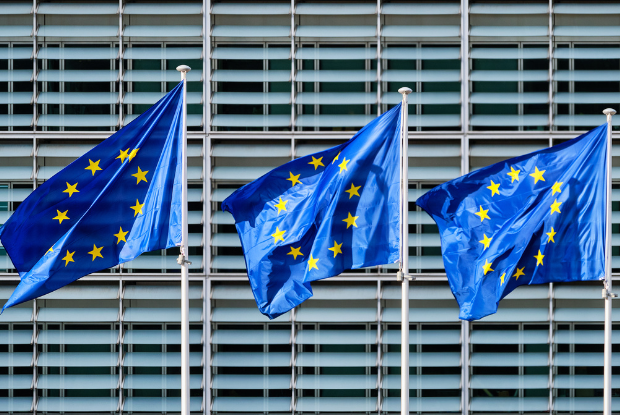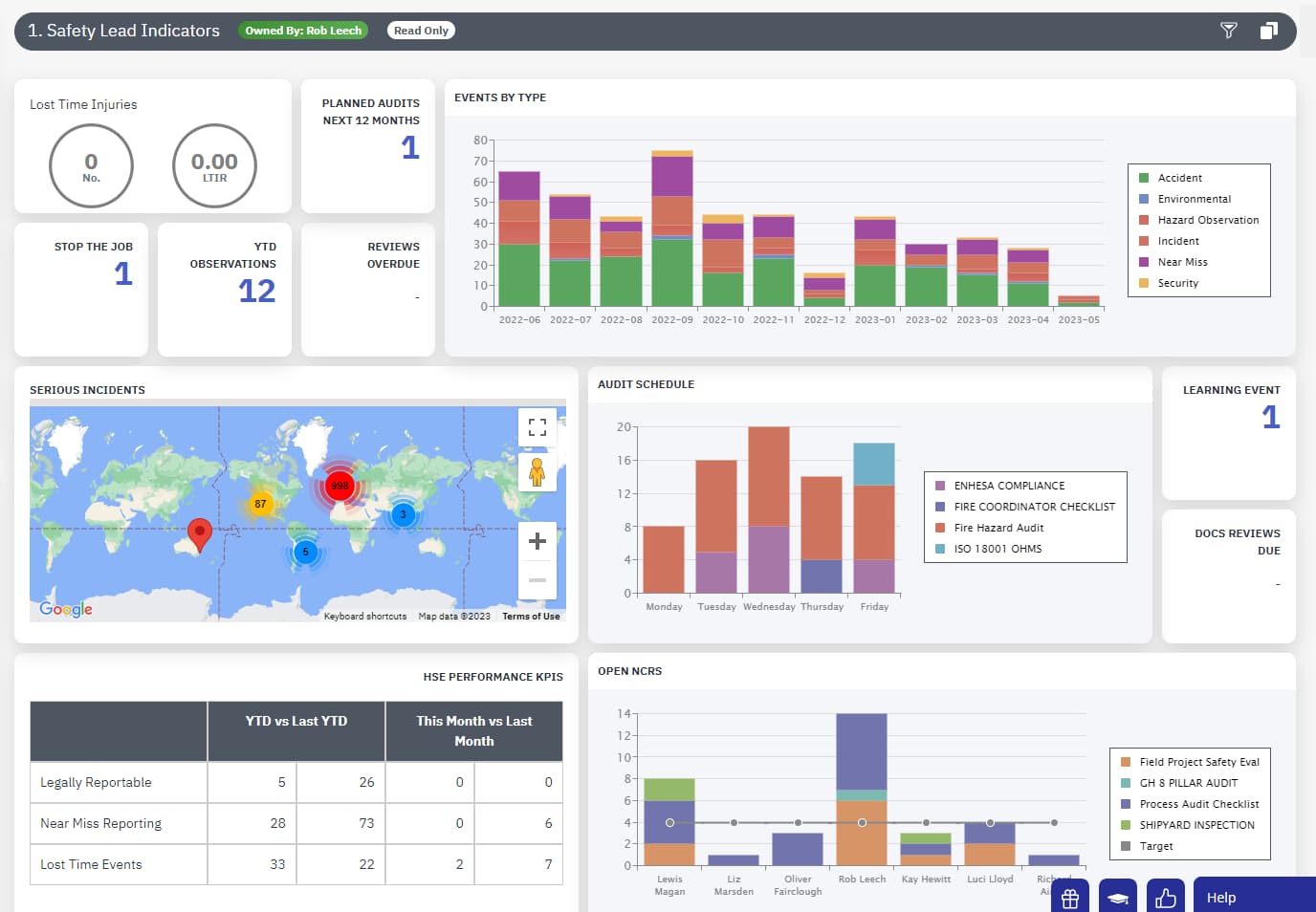European sustainability reporting standards (ESRS) – what will they mean for you?

It’s been estimated that well over 50,000 European companies are facing a major change over the next few years. In early 2023, The European Commission announced the first
set of
European Sustainability Reporting Standards (ESRS).How will this impact you?
This is a landmark moment in European environmental history. It’s also a massive move towards corporate responsibility and accountability. As you may know, this announcement follows the introduction of The Corporate Sustainability Reporting Directive (CSRD) earlier this year. While many are praising this initiative, many are asking some very important questions:
- What exactly do the ESRS include and cover?
- What ESRS criteria does my company need to meet?
- CSRD vs ESRS, what’s the difference?
Let’s take a look at the most important aspects of the ESRS.
CHAPTER 1
What Exactly are the European Sustainability Reporting Standards (ESRS)?
What’s the difference between ESRS and CSRD? The ESRS is a part of the CSRD, which came into effect in early 2023. They are the new sustainability reporting standards for companies in the EU, as well as others that do business in the EU. The goal is to increase corporate sustainability by giving these companies a reporting framework.
The ESRS is made up of 12 standards that will help you report on your company’s sustainability efforts and culture. Most importantly, they will help you assess your company beyond the numbers. Many of the standards are looking for qualitative assessments, not quantitative data.

Framework
The standards are divided into two groups:
A) Two Cross Cutting Standards:
- General Requirements
- General Disclosure
B) Ten Topical Standards
- ESRS E1: Climate Change
- ESRS E2: Pollution
- ESRS E3: Water and Marine Resources
- ESRS E4: Biodiversity and Ecosystems
- ESRS E5: Circular Economy
- ESRS S1: Own Workforce
- ESRS S2: Workers in the Value Chain
- ESRS S3: Affected Communities
- ESRS S4: Consumers and End-users
- ESRS G1: Business Conduct
Let’s take a closer look at each standard:
Cross-cutting standards: ESRS 1 and ESRS 2
As cross-cutting standards, the following standards will apply to all areas of sustainability.
ESRS 1 – General Requirements
This standard takes a unique approach, based on the principle of double materiality.
- An inside-out perspective (impact materiality): How do we, as an organisation, impact the people and planet? This includes both positive and negative impacts.
- An outside-in perspective (financial materiality): How do external factors impact our company and profitability?
This method helps companies truly understand and report on their impact and opportunities.
ESRS 2 – General Disclosures
This section is based on 4 pillars:
- Governance
- Strategy
- Management of impacts, risks and opportunities
- Metrics and targets
They are based on the framework from the Taskforce on Climate-related Financial Disclosures (TCFD)’s International Financial Reporting Standards (IFRS).
The 10 Topical Standards
The standards take a holistic view of all aspects of your company’s impact.
They include:
- Environmental information – (ESRS E1-E5)
- Social information – (ESRS S1-S4)
- Governance information – (ESRS G1)
You can find a full breakdown of each ESRS by clicking here, but here is a high-level overview.
ESRS E1: Climate Change
How has your company adapted to climate change? What new policies, procedures, and practices have you migrated to?
ESRS E2: Pollution
This looks at your potential pollution of air, water, and wildlife. It also looks at the substances of concern your company may handle or create.
ESRS E3: Water and Marine Resources
How does your company draw, use, and dispose of water? What is your company’s impact on the water habitat around you?
ESRS E4: Biodiversity and Ecosystems
This looks at your company’s direct impact drivers of biodiversity loss, which may include everything from land use to invasive species.
ESRS E5: Circular Economy
How does your company manage resource inflow and outflow? How do you manage waste?
ESRS S1: Own Workforce
What are your working conditions like? This factors in things like your social dialogue, wages, security, and health and safety.
ESRS S2: Workers in the Value Chain
Where does your company stand in terms of gender equality, diversity, and violence in the workplace?
ESRS S3: Affected Communities
This standard looks at 3 areas:
- The communities’ economic, social, and cultural rights
- The communities’ civil and political rights
- The particular rights of Indigenous communities
ESRS S4: Consumers and End-users
What does your company do to protect your end-users’ privacy? How do you protect their safety and freedom?
ESRS G1: Business Conduct
This takes a look at your work culture from an ethical perspective. Do you protect potential whistleblowers? Do you prioritise animal welfare? What steps have you taken to prevent bribes and other forms of corruption?
There will be more ESRS added in the coming years, with further sector-specific standards currently in development.
CHAPTER 2
Still feeling lost in the world of ESG? We can help.
ESG and sustainability are huge topics for organisations to manage, and the ESRS form just one part of them. Meeting new legislative requirements mean you might be collecting data of this sort, and it’s a long-term process. Tackling such a varied topic as ESG requires serious time investment.
Investors care whether your organisation is sustainable or not and the methods you are implementing to prove this. One of the ways you can accomplish this is through GHG (Greenhouse gas) reporting.
Click below for our GHG reporting guide, where you you will learn about meeting your environmental goals while keeping investors and stakeholders on side:












